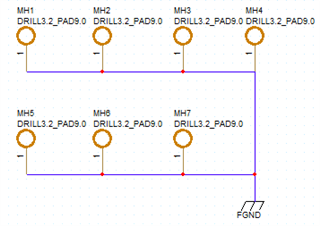Tool/software:
Hello,
My customer is producing a board that uses LMZ13610 in the power input stage.
They use the following method to determine if the LMZ13610 is defective before powering up.
They measure the resistance of the VIN pin before and after PCB assembly, and if it is significantly lower than the average value (tens of K to hundreds of K ohms), they judge it as defective.
Is this method of determining the device defect valid?
Thank you.
JH




